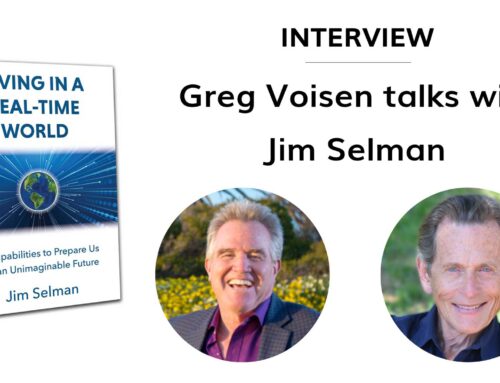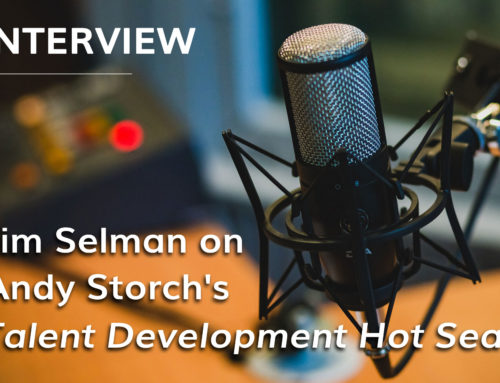We are not separate from what’s happening in our real-time world. This makes dealing with reality challenging. Fortunately, there is an alternative way to relate to our circumstances as they occur. Instead of relating to them in terms of problems, we can relate to them in terms of breakdowns.
A breakdown is not a problem. It is a declaration that something is or will be blocking or threatening our ability to fulfill our commitments. For example, a downturn in the economy might be viewed as a problem in our conventional thinking. It is not, however, a breakdown (at least for you) until that downturn threatens one of your commitments. If you have a commitment to keep your family fed and a roof over their heads and you lose your job, then the downturn will occur as a breakdown for you.
This idea of breakdowns as an integral aspect of commitment allows us to pay attention to our relationship with our circumstances, rather than simply focus on the circumstances themselves.
When something is not as it should be or something is in the way of accomplishing something we are committed to accomplishing, we are naturally drawn toward different questions. We shift from questions like, “What’s the problem?”, “Why did it happen?”, and “What’s the solution?” to more helpful inquiries into “What do I say is the breakdown?”, “What is my commitment?” and “What’s missing to fulfill that commitment?”.
When life is flowing and we’re ‘in the groove’ or ‘in the zone’, there are no breakdowns. Breakdowns appear when we are disconnected from ourselves or from the flow of life.
In a real-time world, we as leaders must learn to surf the waves of change and embrace breakdowns as positive forces for leadership and co-creation.
Breakdowns are stepping stones for breakthroughs.
Breakdowns not only provide us with positive feedback that identifies where disconnects are occurring. They are absolutely essential if we are to invent new practices, create new maps and, before the end of the day, generate new possibilities.





